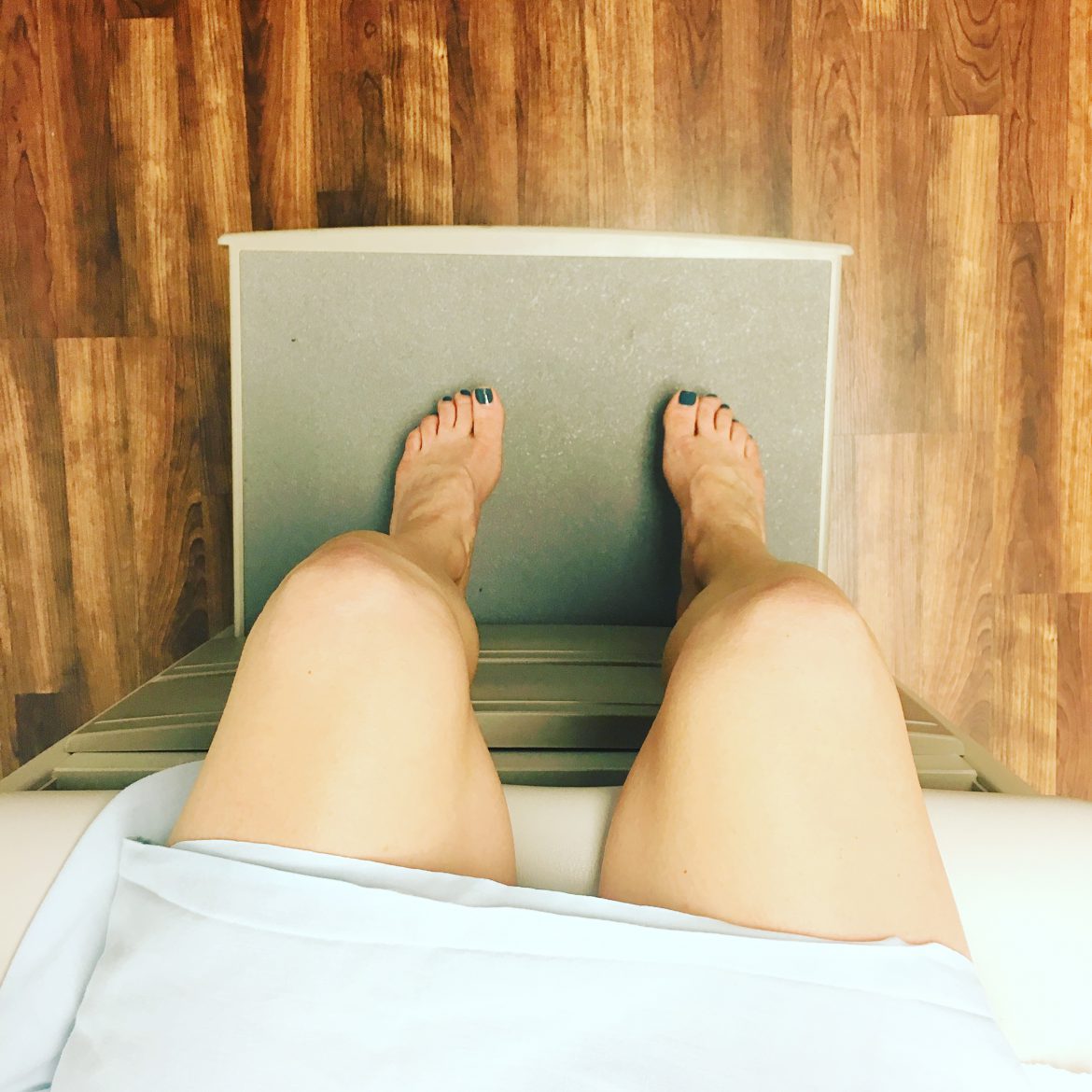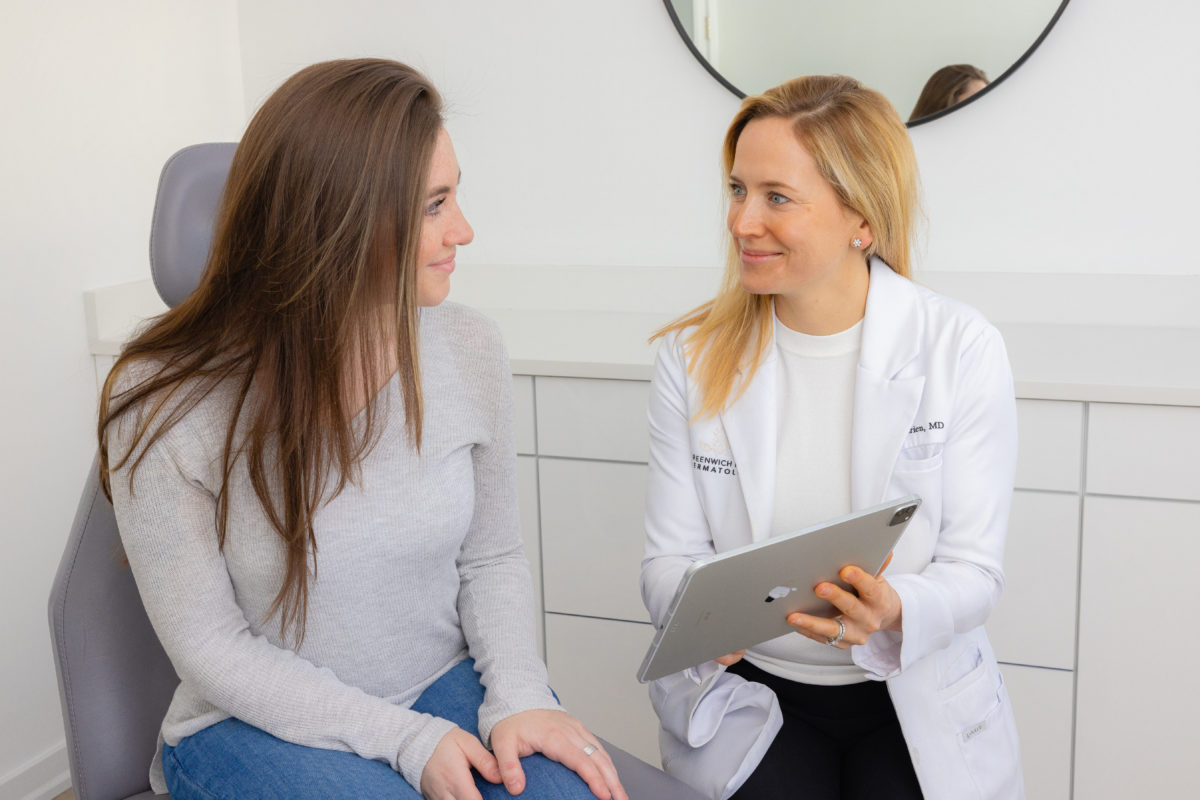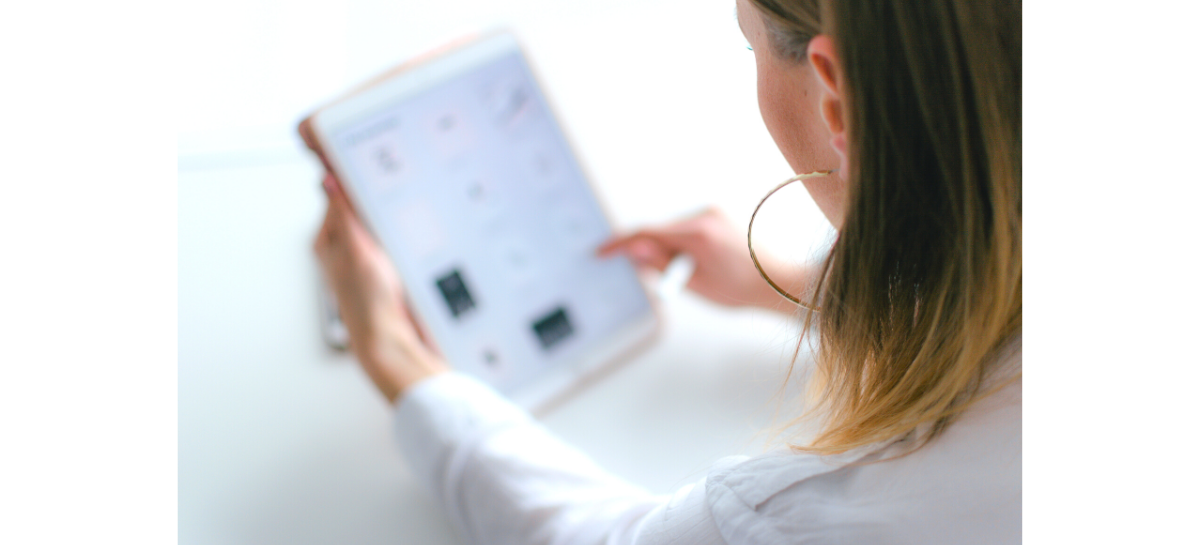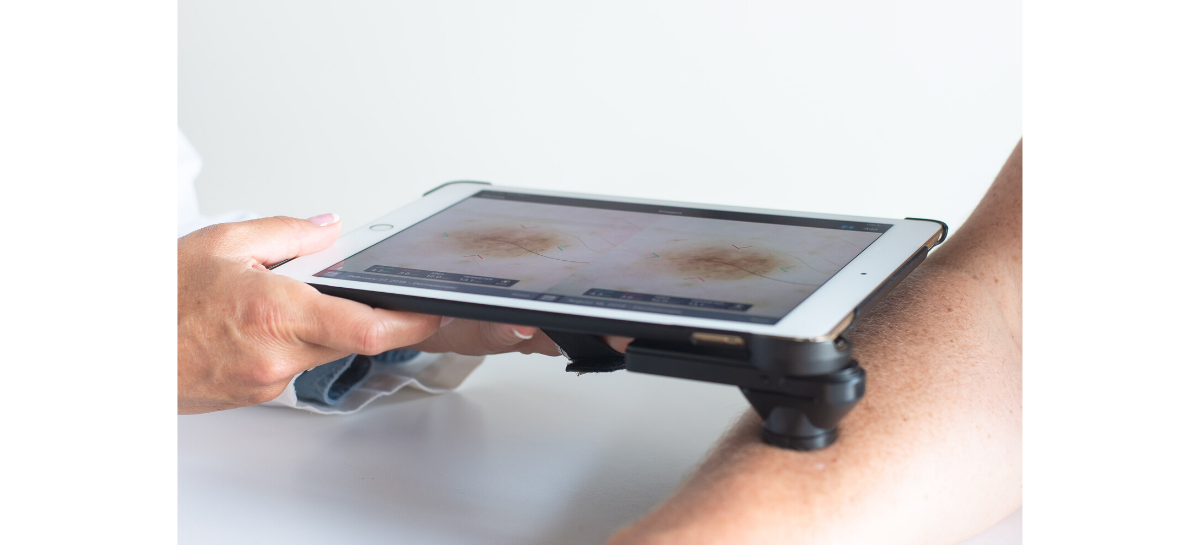It seems like we have a month for everything these days, but if it means greater awareness to life-saving issues, then I’m all for it. May is especially important at our office because it’s Skin Cancer Awareness Month. In honor of the month, I’m discussing melanoma here, in the hope that awareness results in prevention. Melanoma is deadliest form of skin cancer, with the highest rates occurring in my native Australia. The good news, however, is that it’s also the most preventable. Let’s explore a little bit about the cancer, how we spot it, and my go-to tips for prevention.
WHAT IS IT?
Melanoma is a type of skin cancer that affects the melanocytes, the pigment producing cells in the bottom layer of our epidermis. Exposure to ultraviolet radiation—both UVA and UVB rays—from the sun or tanning beds, can cause melanoma. It can appear anywhere on the body but is especially common the back of the body as those areas are often neglected in sunscreen applications.
WHAT TO EXPECT IN A SKIN CHECK
I recommend annual skin checks for everyone, especially those with more than 50 moles or a family history of skin cancer, as they’re at greater risk for developing melanoma—or other types of skin cancer for that matter. During a skin check, I’ll examine the entire body from head to toe using my dermatoscope, paying close attention to the hard-to-reach places like the scalp, ears, and back of body. If I detect anything suspicious, I’ll do a biopsy and send it off to the lab. Depending on the results, I’ll continue to clinically monitor with photography or I’ll do a more invasive surgical excision to remove the skin cancer.
WHAT MAKES A LESION SUSPICIOUS?
We use the ABCDE’s to determine whether a mole or spot could be cancerous.
A = Is it Asymmetrical?
B = Does it have irregular Borders?
C = Is it variegated in Color
D = Is the Diameter larger than a pencil eraser?
E = Has it Evolved over Time?
TIPS FOR PREVENTION
As I mentioned, most skin cancers are preventable, including melanoma. We just all need to do our homework to lower our risk.
– Wear SPF daily—at least SPF 30. Don’t forget the backs of the legs, neck, ears and in flip-flop season, on the tops of the feet! My favorite sunscreens are physical sunscreens (without the chemicals) made by EltaMD*, Neocutis Journee*, and Sun Bum* for sensitive skin. And reapply every 2-3 hours while in the sun.
– Wear a hat; broad-brimmed hats are best to cover the back of the neck and ears.
– Avoid tanning booths at all costs. If you must get that sun-kissed look, try self-tanning lotions or spray tans instead.
– Keep an eye out for any suspicious moles throughout the year. Make note of how they change, itch or if they bleed.
– Schedule an annual appointment with your dermatologist—the 15 minute check-up could save your life!
Stay safe,
Dr. Dolder
*You can find these products in our office on your next visit.




